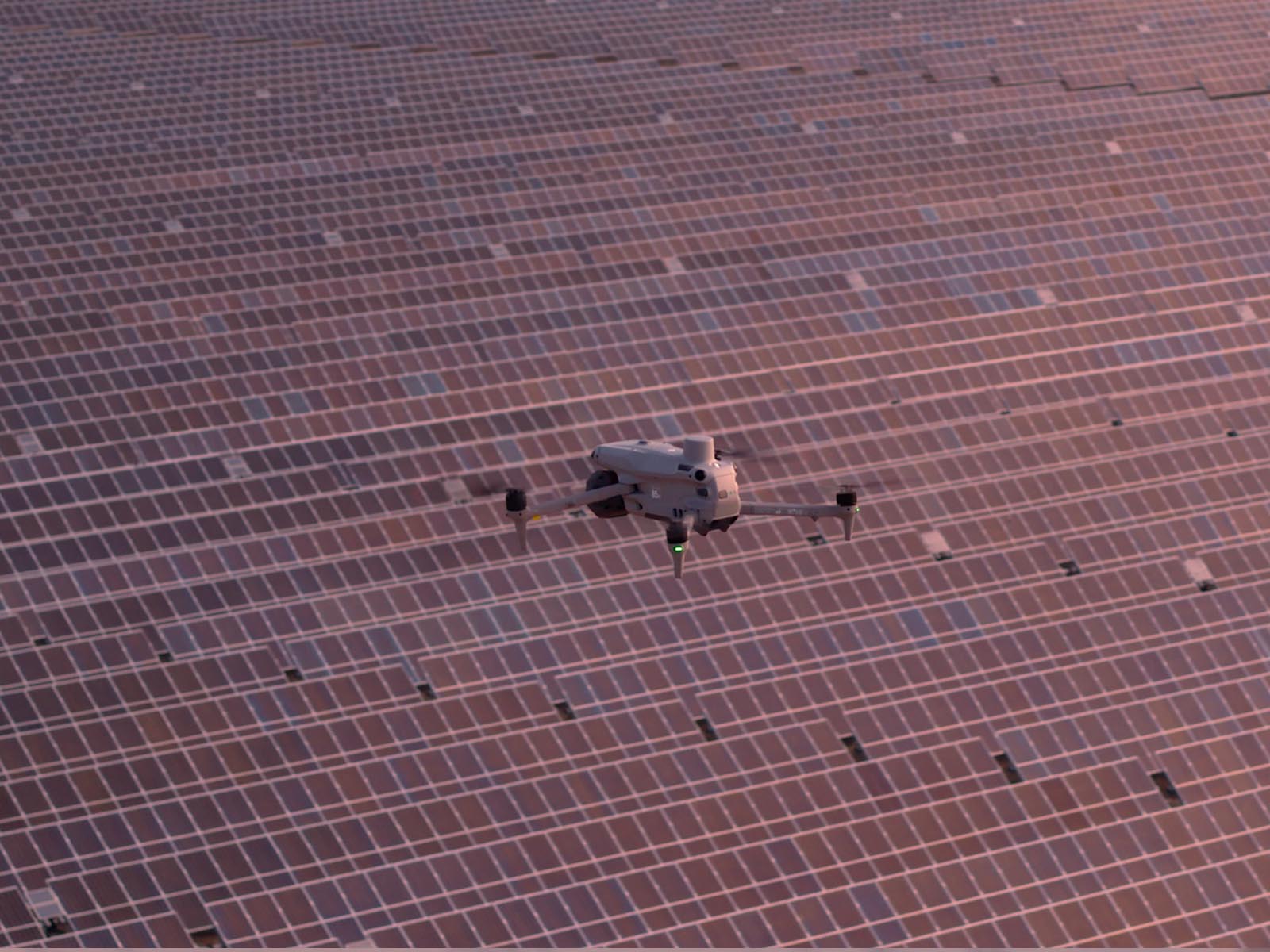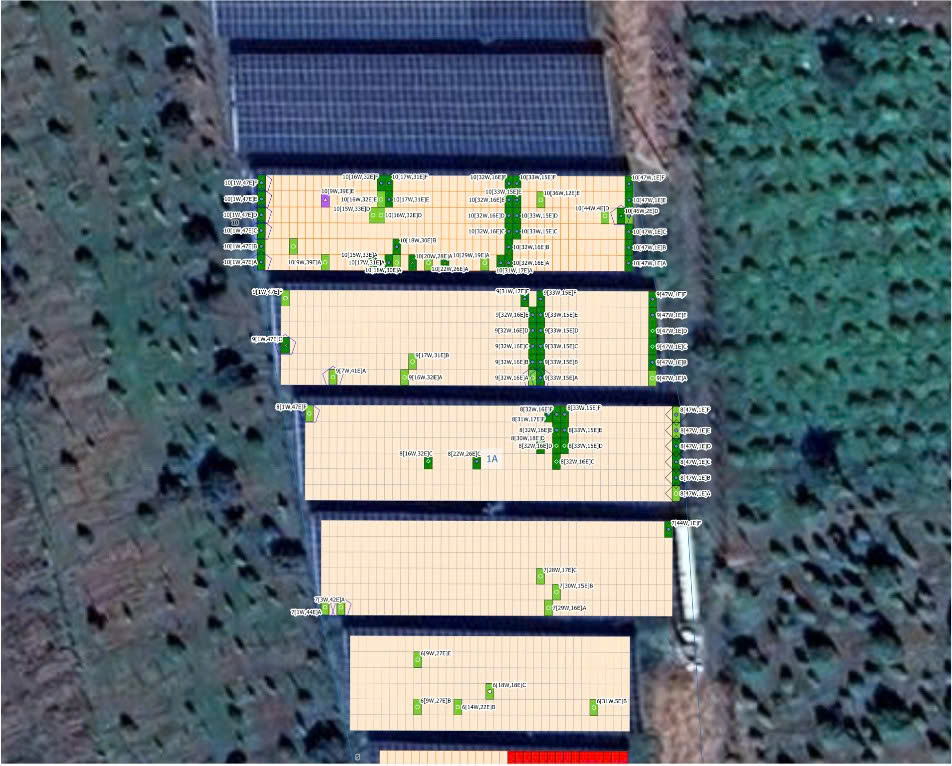When Data Takes Flight – A New Vision for Solar Asset Intelligence
From Images to Insights – Transforming Data Into Decisions
Solar inspections have evolved far beyond capturing thousands of photos. Modern asset management requires turning every pixel into measurable, actionable intelligence.
With smart aerial data and AI-powered analytics, operators are empowered to:
- Detect failures early hotspots, cracks, PID, delamination, diode issues
- Predict degradation trends using thermal signatures & historical patterns
- Optimize string-level performance across large solar fields
- Reduce unplanned maintenance through early anomaly detection
- Improve energy yield and long-term plant stability
This data-driven approach ensures that decisions are made based on evidence, not assumptions — enabling operators to move from reactive maintenance to predictive O&M.
Precision Mapping of Solar Anomalies – Complete Visibility at Module Level
One of the greatest advantages of drone-based solar inspections is the ability to locate every anomaly with pinpoint accuracy.
In the inspection map example, each detected anomaly whether a hotspot, cell defect, or electrical imbalance is automatically:
- Highlighted with a unique defect code
- Placed on a geo-referenced map of the entire PV site
- Positioned exactly at the corresponding block, row, string, and module
These visual markers reflect internationally recognized defect categories (IEC / NREL standards) or AI-generated classifications such as:
- Hotspot (HS)
- Multi-cell anomaly (MCA)
- Bypass diode failure (BDF)
- Module underperformance (MEP)
- PID / thermal pattern deviations
Every tag connects directly to:
- RGB images
- Thermal (IR) imagery
- Severity scoring
- Energy impact estimation
- Recommended corrective actions
- Historical trends for recurring issues
This transforms the PV plant into an interactive digital twin, giving the operations team complete visibility and enabling faster, targeted troubleshooting without manual searching.





